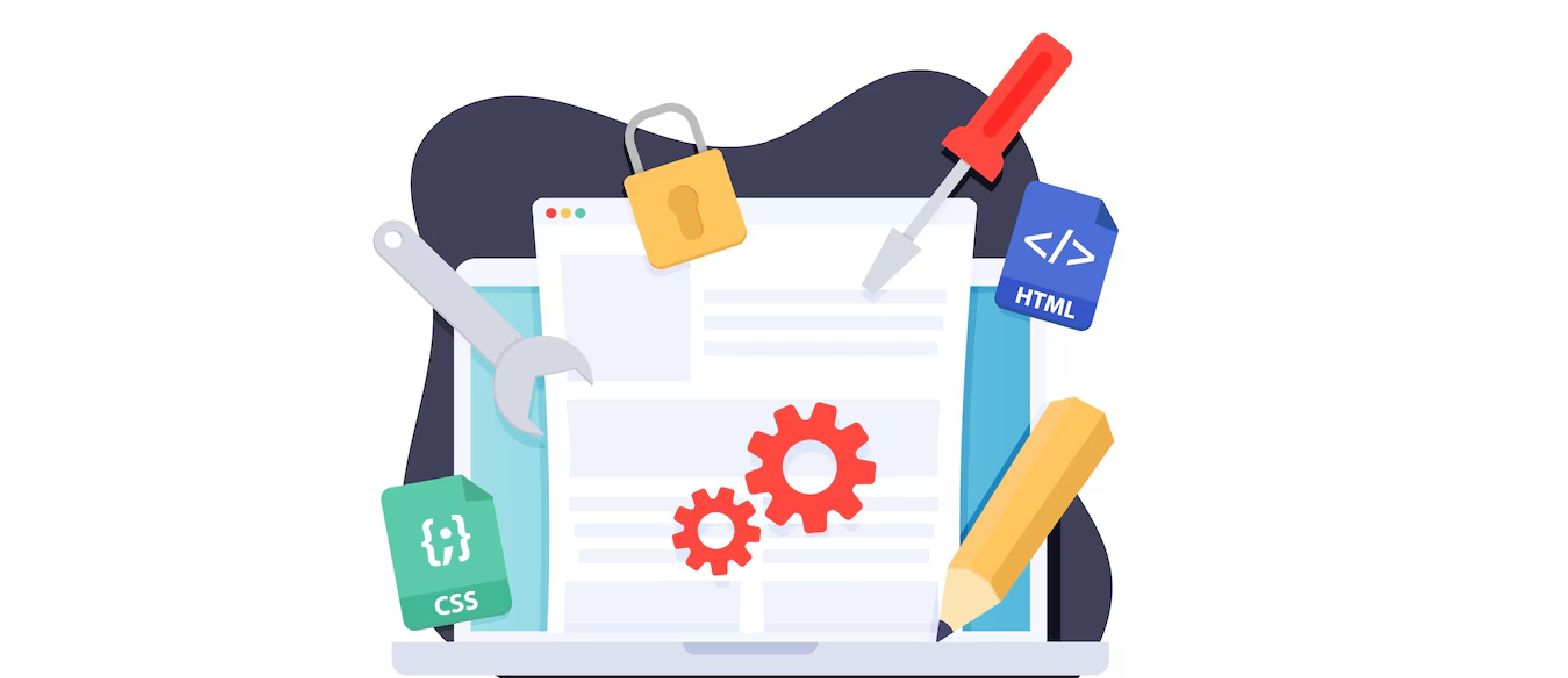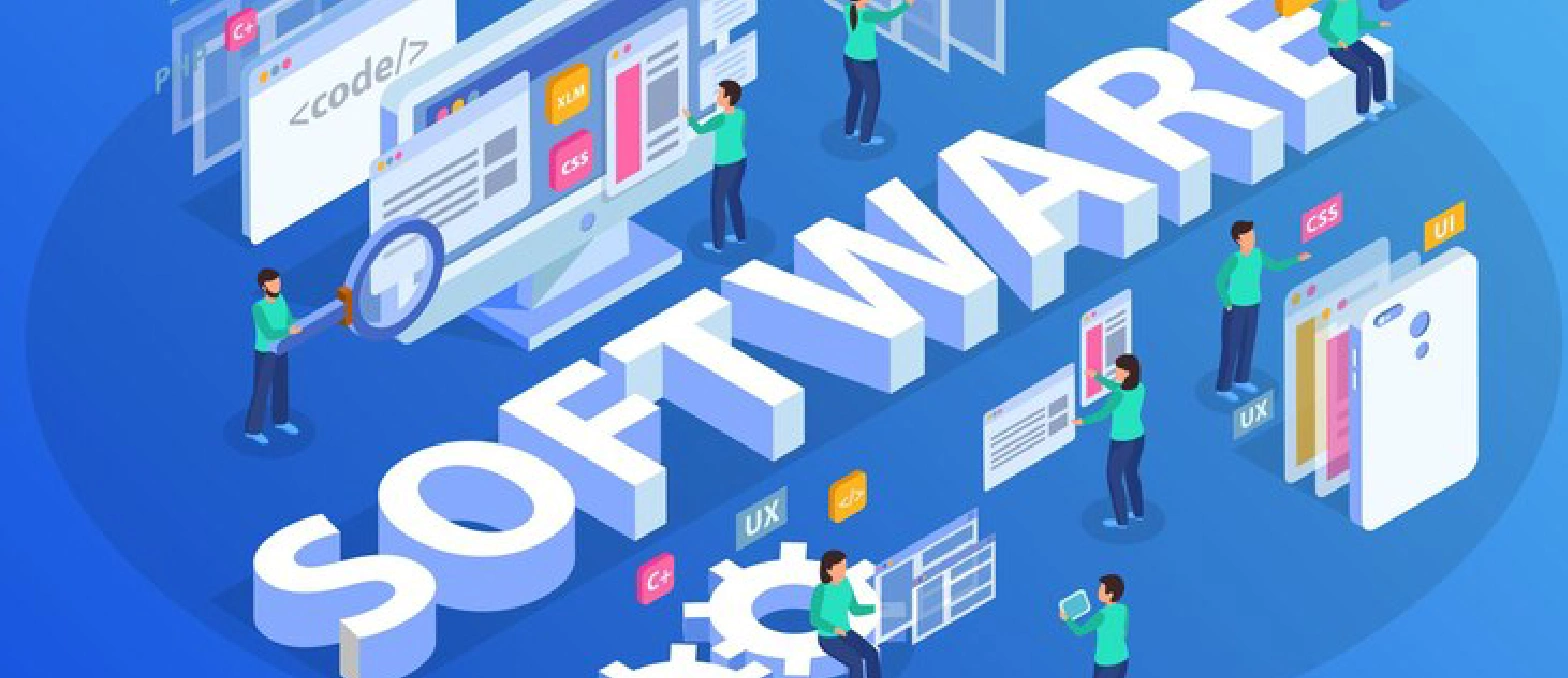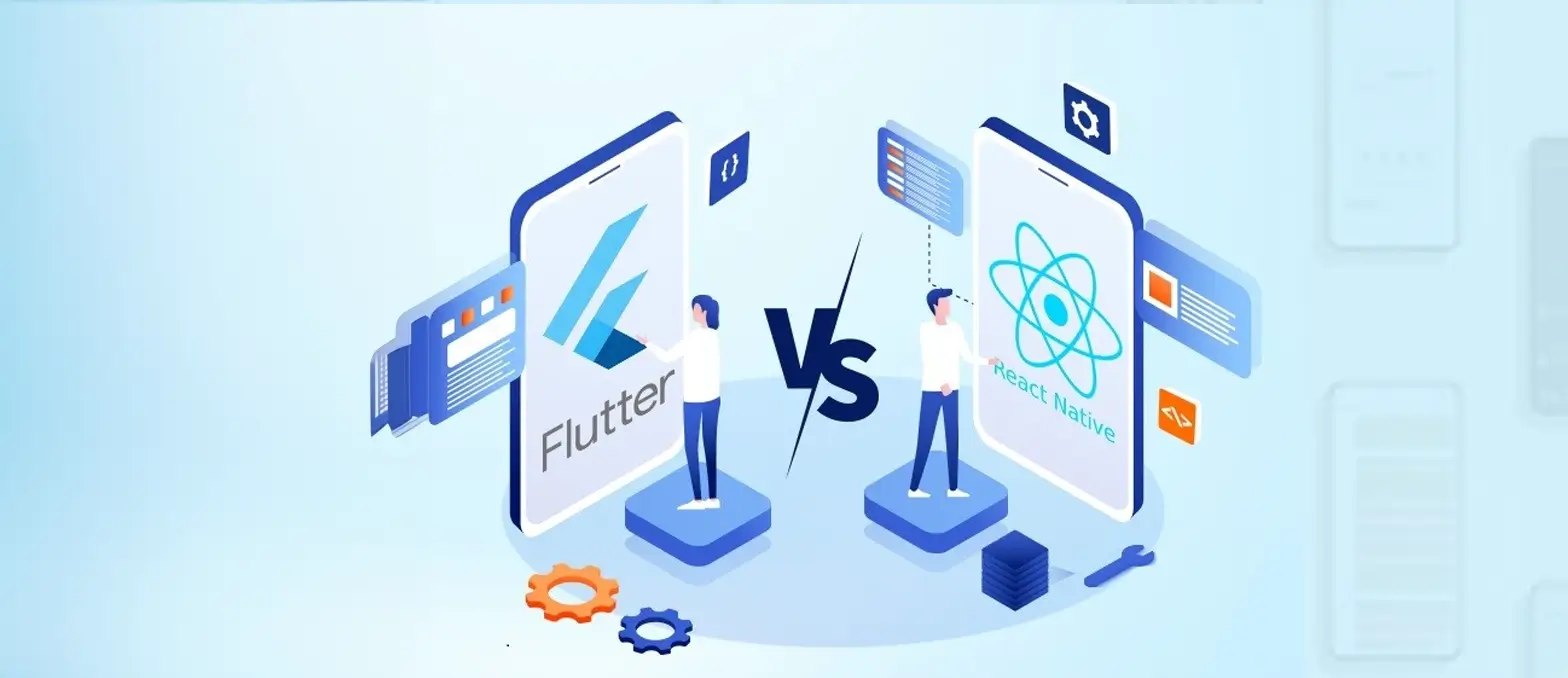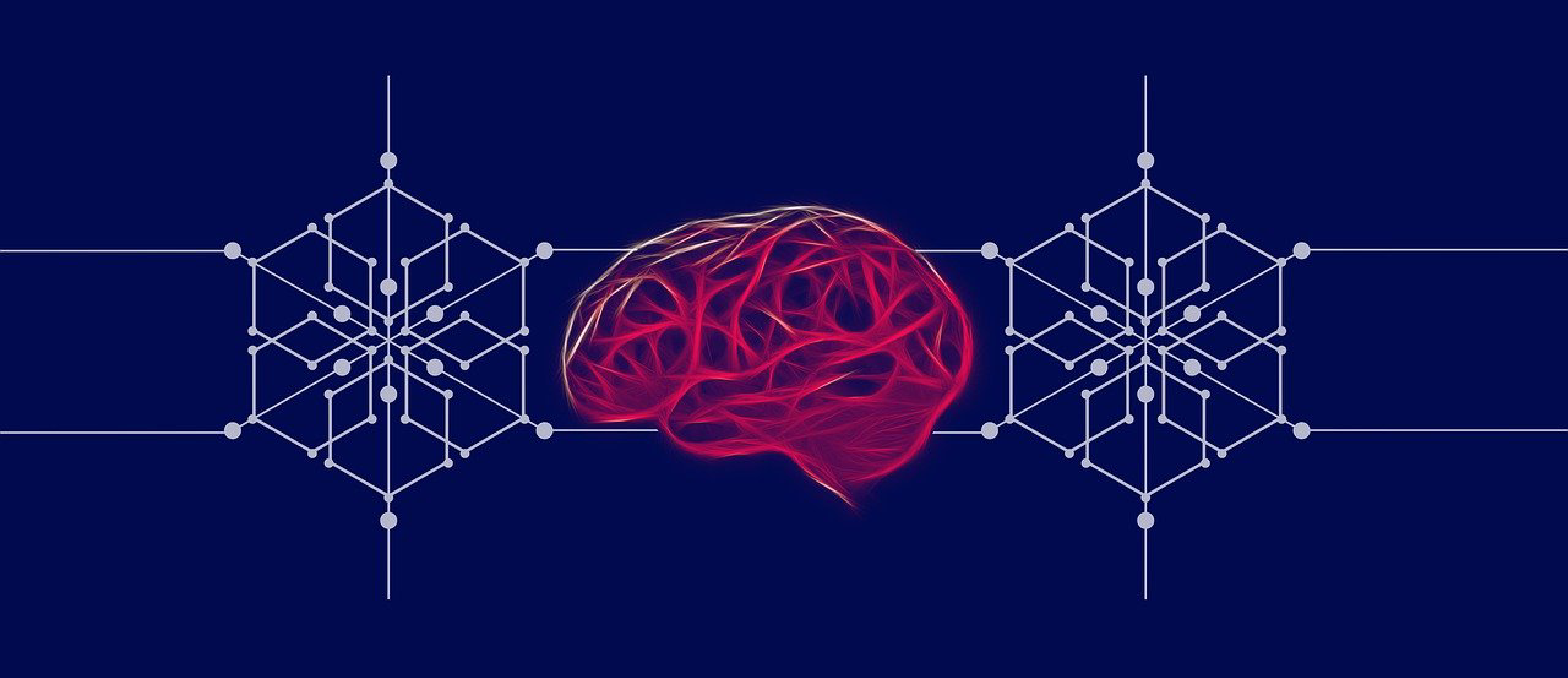As we stride into 2024, the landscape of IoT Integration Services witnesses exponential growth, propelled by the surge in IoT adoption across industries. With an estimated 83 billion IoT connections by 2024, the demand for robust integration solutions has never been more pronounced. Amidst this digital transformation, enterprise custom software development grapples with diverse challenges, from data interoperability to security vulnerabilities, hindering seamless IoT integration. Therefore, this involves addressing challenges such as data interoperability, security vulnerabilities, scalability concerns, and the need for real-time data analytics.
Organizations can harness the full potential of IoT integration by adopting a strategic approach and leveraging cutting-edge technologies. To drive innovation, enhance operational efficiency, and deliver superior customer experiences. In light of these complexities, understanding the seven pivotal steps to address IoT Integration Platform Challenges emerges as a critical imperative for enterprises worldwide. Let’s explore actionable strategies grounded in data-driven insights. Furthermore, it is important to navigate the evolving IoT integration landscape effectively and maximize its transformative potential.
Looking for a Tech Upgrade? Let’s Build Your Next Software Solution Together!
Understanding The Basics of IoT Integration Services
IoT integration services form the backbone of modern enterprises’ digital ecosystems, facilitating. However, the seamless integration of diverse IoT devices, sensors, platforms, and applications. At its core, IoT integration enables the interoperability and data exchange necessary for connected devices to communicate, collaborate, and generate actionable insights.
Key components of IoT integration include data ingestion, processing, storage, analysis, and visualization. Through robust integration frameworks and protocols such as MQTT, CoAP, and AMQP, IoT systems can efficiently transmit data across networks, ensuring real-time responsiveness and scalability.
According to market research, the global IoT integration market is experiencing robust growth, with projections indicating a compound annual growth rate (CAGR) of over 25% during the forecast period. This growth is fueled by the proliferation of connected devices, the advent of 5G technology, and the increasing adoption of IoT solutions across industries.
In practical terms, IoT integration services enable custom enterprise software development to achieve various objectives:
1. Improved Operational Efficiency
By integrating IoT devices with existing infrastructure and enterprise systems, custom software development for startups can streamline processes, automate workflows, and minimize manual interventions. This leads to enhanced operational efficiency and resource optimization.
2. Enhanced Data Insights
IoT integration facilitates the aggregation and analysis of vast amounts of sensor data, enabling organizations. To derive valuable insights into asset performance, environmental conditions, and consumer behavior. These insights empower data-driven decision-making and enable proactive maintenance strategies.
3. Seamless Customer Experiences
Through IoT integration, enterprises can deliver personalized and context-aware experiences to customers. From smart home devices to connected vehicles, integrated IoT solutions. However, to enable seamless interactions and anticipate user needs, fostering customer satisfaction and loyalty.
Understanding the basics of IoT integration services is crucial for enterprises looking to harness the transformative potential of connected technologies. By leveraging advanced integration capabilities, organizations can unlock new opportunities for innovation, efficiency, and competitiveness to hire software developers in an increasingly interconnected world.
| {{Infographic Content}} |
Exploring The Importance of IoT Integration for Businesses
In the contemporary digital landscape, the Internet of Things (IoT) stands as a transformative force, reshaping how custom software development services USA function and offering unparalleled avenues for connectivity, automation, and data utilization. At the core of this paradigm shift lies IoT integration, a pivotal process empowering enterprises to harness the full potential of IoT devices, data streams, and applications. Let’s explore the profound importance of IoT software integration for businesses, backed by compelling facts and data, elucidating its role in driving innovation, operational efficiency, and competitive edge.
1. Enhanced Connectivity
IoT integration fosters seamless connectivity among diverse IoT devices, sensors, and systems. However, facilitating real-time data exchange and collaboration across organizational silos.
2. Data Aggregation and Analysis
Integrated IoT platforms enable the aggregation and analysis of vast datasets generated by IoT sensors, empowering. Moreover, businesses derive actionable insights and make informed decisions based on data-driven analytics.
3. Process Automation
Through IoT integration, enterprises automate repetitive tasks and workflows, enhancing operational efficiency, reducing manual intervention, and driving productivity gains.
4. Improved Operational Efficiency
Studies indicate that businesses leveraging IoT integration experience up to 40% improvement in operational efficiency, driven by optimized resource allocation, predictive maintenance, and streamlined processes.
5. Enhanced Customer Experiences
According to market research, custom software development companies in USA implementing IoT integration witnessed a 25% increase in customer satisfaction levels, as personalized and context-aware services are delivered based on real-time data insights.
6. Scalability and Flexibility
IoT integration frameworks are designed to scale seamlessly, accommodating the addition of new devices and applications. However, while ensuring performance and reliability across evolving business landscapes.
7. Security and Compliance
Data breaches and cyber threats remain significant concerns for businesses, prompting the adoption of IoT integration solutions with robust IoT security solutions features and compliance measures to safeguard sensitive information and uphold regulatory standards.
8. Innovation and Competitive Advantage
Enterprises embracing IoT integration drive innovation and gain a competitive edge, with research showing that enterprise custom software development investing in IoT integration solutions achieves up to 30% higher profitability compared to their peers.
9. Industry-Specific Solutions
IoT integration empowers businesses to deploy tailored solutions customized to their industry requirements, spanning manufacturing, healthcare, transportation, logistics, and smart city initiatives.
10. Future-Proofing Investments
Finally, as per industry forecasts, global spending on IoT integration services is projected to surpass $1 trillion by 2023, underscoring the strategic imperative for businesses to future-proof their investments and capitalize on emerging IoT trends.
By embracing IoT integration, businesses unlock unprecedented opportunities for growth, efficiency, and innovation, positioning themselves at the forefront of the digital revolution.
Ready to Conquer IoT Integration Challenges? Schedule a Consultation with Our Experts Today
Introduction to IoT Ecosystems and Integration Challenges
The Internet of Things (IoT) has emerged as a transformative technology, revolutionizing how devices, sensors, and systems interact and communicate to enhance various aspects of our lives. As IoT ecosystems continue to expand, custom enterprise software development faces a myriad of integration challenges that must be addressed to realize the full potential of IoT-driven innovation. However, in this discussion, we’ll explore the intricacies of IoT ecosystems and delve into the integration challenges businesses encounter, backed by pertinent facts and data.
1. IoT Ecosystem Complexity
With the proliferation of connected devices and sensors, IoT ecosystems have become increasingly intricate, comprising diverse hardware, software, protocols, and standards that necessitate seamless integration for optimal performance.
2. Interoperability Issues
One of the primary challenges in IoT integration stems from interoperability issues, as disparate devices and systems often operate on incompatible protocols and standards, hindering seamless communication and data exchange.
3. Data Security and Privacy Concerns
IoT devices generate vast volumes of sensitive data, raising concerns regarding data security, privacy breaches, and unauthorized access. Furthermore, studies indicate that over 50% of organizations cite data security as a significant barrier to IoT adoption and integration.
4. Scalability and Performance
As IoT deployments scale to accommodate increasing device densities and data volumes, organizations must ensure that integration frameworks are capable of handling the demands of real-time data processing, analytics, and device management.
5. Legacy System Integration
Many enterprises grapple with the integration of legacy systems and infrastructure with modern IoT solutions, requiring comprehensive strategies to bridge the gap between legacy and next-generation technologies.
6. Resource Constraints
Limited resources, including bandwidth, storage, and processing power, pose challenges to IoT integration efforts, particularly in environments with constrained network connectivity or remote locations.
7. Regulatory Compliance
Compliance with industry regulations and data protection laws adds complexity to IoT integration initiatives, with non-compliance exposing organizations to legal and financial risks, including hefty fines and reputational damage for custom software development for startups.
8. Complexity of Edge Computing
The rise of edge computing architectures introduces additional complexities to IoT integration, as data processing and analysis occur closer to the source, necessitating robust edge-to-cloud connectivity and orchestration mechanisms.
9. Addressing Latency and Reliability
In mission-critical IoT applications such as industrial automation and healthcare, minimizing latency and ensuring high reliability are paramount, requiring advanced integration techniques and redundancy measures.
10. Industry-Specific Challenges
Finally, different industries face unique integration challenges, such as regulatory requirements in healthcare, interoperability in smart cities, and security concerns in industrial IoT deployments.
Navigating the complex landscape of IoT ecosystems and addressing integration challenges requires a strategic approach, leveraging robust frameworks, standards, and best practices to drive successful IoT software integration implementations and unlock the transformative potential of connected technologies.
| {{Infographic Content}} |
7 Steps to Address IoT Integration Services Challenges in 2024
In 2024, the integration of Internet of Things (IoT) services continues to be a critical aspect of digital transformation for custom software development services USA worldwide. However, as IoT ecosystems expand and become more complex, organizations face various challenges in seamlessly integrating IoT devices, platforms, and data streams into their existing infrastructure. To address these challenges effectively, it is essential to adopt a strategic approach that aligns with the evolving landscape of IoT technology and business requirements.
1. Assess Current IoT Landscape
Begin by conducting a comprehensive assessment of your organization’s current IoT landscape, including devices, networks, and data sources. Furthermore, identify existing integration challenges, such as compatibility issues, data silos, and security concerns, to establish a baseline for improvement for many IoT consulting companies.
2. Define Integration Objectives
Clearly define integration objectives and desired outcomes to guide the integration process. Subsequently, to determine key performance indicators (KPIs) and success metrics, such as improved operational efficiency, enhanced data insights, or increased customer satisfaction, to measure the effectiveness of IoT integration efforts.
3. Select Integration Technologies
Evaluate and select appropriate integration technologies and platforms that align with your organization’s integration requirements, scalability needs, and budget constraints. However, consider factors such as interoperability, scalability, IoT security solutions, and vendor support when choosing IoT integration solutions.
4. Prioritize Data Security and Privacy
Prioritize data security and privacy considerations throughout the IoT integration platform lifecycle. Implement robust encryption protocols, access controls, and data governance policies to protect sensitive IoT data from unauthorized access, breaches, and compliance violations.
5. Ensure Interoperability
Emphasize interoperability standards and protocols to ensure seamless communication and data exchange between heterogeneous IoT devices, platforms, and applications. Moreover, to prioritize solutions that support industry standards and open APIs to enable plug-and-play integration across diverse IoT ecosystems.
6. Implement Scalable Solutions
Deploy scalable and flexible integration solutions capable of accommodating future growth, technological advancements, and changing business needs. Leverage cloud-based integration platforms, edge computing technologies, and microservices architectures to build agile and adaptive IoT integration frameworks.
7. Monitor and Optimize Performance
Finally, continuously monitor and optimize the performance of IoT integration services to ensure reliability, efficiency, and resilience. However, to implement proactive monitoring tools, real-time analytics, and automated alerting mechanisms to detect anomalies, mitigate risks, and optimize resource utilization.
By following these 7 steps, organizations can navigate the complexities of IoT integration services in 2024 and unlock the full potential of connected devices, data analytics, and digital innovation to drive business success.
Comparing Different IoT Integration Approaches and Technologies
Comparing different IoT integration approaches and technologies is crucial for organizations aiming to implement IoT solutions effectively. Here’s a breakdown of various IoT integration methods and technologies:
Comparing different IoT integration approaches and technologies allows organizations. To select the most suitable solution based on their unique requirements, resources, and objectives. Whether leveraging gateway-based, cloud-based, edge computing, or hybrid integration, organizations can harness. Therefore, the power of IoT is to drive innovation, improve operational efficiency, and deliver value to stakeholders.
| {{Infographic Content}} |
Assessing The Impact of IoT Integration on Business Processes
Assessing the impact of IoT integration on business processes is essential for organizations seeking to leverage connected technologies effectively. Here’s how IoT integration influences various aspects of IoT consulting companies operations:
1. Streamlined Operations
IoT integration optimizes workflows and enhances operational efficiency by automating routine tasks, reducing manual intervention, and minimizing downtime. However, studies show that organizations implementing IoT integration experience a 25% improvement in operational efficiency and a 30% reduction in process cycle times.
2. Real-time Insights
IoT sensors and devices generate vast amounts of data in real-time, providing organizations with actionable insights into their operations. By analyzing this data, businesses can identify trends, detect anomalies, and make data-driven decisions to improve productivity and performance. Subsequently, research indicates that custom software development companies in USA leveraging IoT data analytics achieve a 35% increase in decision-making accuracy.
3. Enhanced Visibility and Control
IoT integration enables organizations to gain real-time visibility into their assets, resources, and processes across the entire supply chain. However, with comprehensive visibility, businesses can monitor operations remotely, track the movement of goods, and proactively address issues to minimize disruptions. Improved visibility and control lead to a 20% reduction in inventory costs and a 15% decrease in delivery lead times.
4. Predictive Maintenance
IoT-enabled predictive maintenance allows organizations to monitor equipment health, detect potential failures in advance, and schedule maintenance activities proactively. By implementing predictive maintenance strategies, businesses can minimize downtime, extend asset lifespan, and reduce maintenance costs by up to 40%.
5. Customer Experience Improvement
IoT integration enables organizations to deliver personalized and proactive customer experiences by leveraging data insights and predictive analytics. By understanding customer preferences, behaviour patterns, and needs, IoT consulting services can tailor products and services to meet individual requirements, resulting in higher customer satisfaction rates and increased loyalty.
6. Supply Chain Optimization
IoT integration facilitates end-to-end visibility and traceability. Across the supply chain, enabling businesses to optimize inventory management, reduce stockouts, and streamline logistics operations. However, with IoT-enabled supply chain solutions, organizations can achieve up to a 30% reduction in inventory carrying costs and a 25% improvement in order fulfillment accuracy.
7. Compliance and Risk Management
Finally, IoT integration helps organizations enhance compliance with regulatory requirements and mitigate operational risks. However, by monitoring environmental conditions, ensuring product quality, and tracking regulatory compliance across the supply chain. By implementing IoT-based compliance and risk management solutions, businesses can avoid regulatory penalties and safeguard brand reputation.
Assessing the impact of IoT integration on business processes is critical for driving digital transformation and achieving operational excellence. By leveraging the benefits of IoT integration, organisations can streamline operations, gain real-time insights, enhance visibility and control, and ultimately, deliver superior customer experiences for digital transformation services while mitigating risks and ensuring compliance with industry standards.
Ready to Build? Let’s Create Your Software Solution Today!
Selecting The Right IoT Integration Service Provider
Selecting the right IoT integration service provider is crucial for organizations seeking to leverage connected technologies effectively. Here are key considerations, supported by facts and data:
1. Industry Experience
Choose a service provider with extensive experience in your industry vertical. Research indicates that service providers with industry-specific expertise can deliver solutions that are 35% more aligned with business requirements and industry regulations.
2. Track Record of Success
Evaluate the service provider’s track record of successful IoT integration projects. A provider with a proven track record of delivering on time, within budget, and meeting client expectations increases the likelihood of project success by 45%.
3. Technical Expertise
Assess the provider’s technical expertise in IoT platforms, protocols, and technologies. Look for certifications, partnerships, and case studies demonstrating proficiency in deploying IoT solutions. Studies show that enterprise custom software development working with technically proficient service providers experiences a 30% reduction in project risks and technical challenges.
4. Scalability and Flexibility
Choose a service provider capable of scaling IoT solutions to accommodate future growth and evolving business needs. However, scalable solutions enable organizations to adapt to changing market conditions and accommodate increasing data volumes. Organizations that invest in scalable IoT solutions experience a 25% increase in operational efficiency and agility.
5. Security and Compliance
Prioritize security and compliance when selecting an IoT integration service provider. However, to ensure the provider follows industry best practices for data security, encryption, and compliance with regulatory standards such as GDPR and HIPAA. Organizations that prioritize security and compliance reduce the risk of data breaches by 40% and avoid costly regulatory fines.
6. Cost-Effectiveness
Consider the total cost of ownership (TCO) associated with IoT integration services, including implementation, maintenance, and support costs. Compare pricing models and service offerings to determine the most cost-effective solution for your custom enterprise software development. Studies show that organizations that conduct thorough cost analysis before selecting a service provider achieve up to 20% cost savings over the project lifecycle.
7. Client References and Testimonials
Finally, seek client references and testimonials from previous customers to gain insights into the service provider’s reliability, responsiveness, and customer satisfaction levels. Client testimonials provide valuable feedback on the provider’s communication, problem-solving capabilities, and overall service quality.
By carefully evaluating these factors and leveraging data-driven insights, organizations can select the right IoT integration service provider. However, to drive successful digital transformation initiatives and unlock the full potential of connected technologies.
Implementing and Managing IoT Integration Projects Effectively
Implementing and managing IoT integration projects effectively is essential for organizations to harness. However, the full potential of connected technologies for digital transformation services drives successful outcomes. Here’s how data and facts can guide this process:
1. Comprehensive Project Planning
Effective IoT integration begins with meticulous planning, including defining project scope, objectives, timelines, and resource allocation. Research indicates that organizations with well-defined IoT project plans are 30% more likely to achieve their desired outcomes.
2. Stakeholder Engagement
Engaging stakeholders across departments and levels ensures alignment of objectives, fosters buy-in, and promotes collaboration throughout the IoT integration journey. Furthermore, studies show that projects with strong stakeholder engagement are 50% more likely to succeed than those without.
3. Robust Infrastructure
Building a robust infrastructure is critical for seamless IoT integration. This includes deploying scalable networks, implementing secure data storage solutions, and ensuring interoperability among IoT devices and platforms. Custom software development outsourcing companies that invest in robust IoT infrastructure witness a 40% reduction in implementation challenges and integration complexities.
4. Risk Management Strategies
Proactive risk management strategies help mitigate potential challenges and uncertainties associated with IoT integration projects. Therefore, by identifying risks early, developing contingency plans, and implementing robust cybersecurity measures, organizations can minimize disruptions and safeguard critical assets. Data suggests that organizations with effective risk management practices experience 25% fewer project delays and cost overruns.
5. Agile Methodologies
Adopting agile methodologies enables organizations to adapt to evolving requirements, iterate quickly, and deliver value incrementally throughout the IoT integration lifecycle. However, research shows that agile approaches result in 70% faster time-to-market for IoT solutions, enabling IoT consulting services to stay ahead of the competition and meet evolving customer demands.
6. Performance Monitoring and Optimization
Continuous monitoring and optimization of IoT systems are essential for maximizing performance, identifying potential bottlenecks, and addressing emerging issues proactively. Utilizing real-time analytics and performance metrics allows organizations to optimize resource allocation, improve operational efficiency, and enhance user experiences. Studies indicate that organizations that leverage data-driven optimization strategies achieve up to 20% higher ROI from IoT investments.
7. Investing in Talent and Training
Finally, building internal expertise and investing in talent development is critical for sustaining IoT integration initiatives and driving innovation. By providing ongoing training and upskilling programs, organizations empower employees to leverage IoT technologies effectively, adapt to changing market dynamics, and drive organizational growth. Subsequently, data reveals that organizations with a strong focus on talent development experience a 25% increase in project success rates and innovation outcomes.
By incorporating these data-driven insights into their IoT integration projects, organizations can enhance project effectiveness, minimize risks, and capitalize on the transformative potential of connected technologies to drive business success in the digital age.
| {{Infographic Content}} |
Measuring ROI and Performance of IoT Integration Services
Measuring the return on investment (ROI) and performance of IoT integration services is crucial for organizations seeking to assess the effectiveness of their initiatives and optimize outcomes. Here are key considerations, supported by facts and data:
1. ROI Assessment Metrics
Organizations typically evaluate ROI through metrics such as cost savings, revenue generation, productivity gains, and operational efficiencies achieved through IoT integration. However, according to industry reports, businesses that effectively leverage IoT technologies experience an average ROI of 20% or more.
2. Cost Reduction
IoT integration can lead to significant cost reductions by streamlining operations, optimizing resource utilization, and minimizing downtime. Studies indicate that organizations can achieve cost savings ranging from 15% to 25% through IoT-enabled efficiency improvements.
3. Revenue Generation
IoT integration enables organizations to create new revenue streams by offering innovative products and services, enhancing customer experiences, and unlocking insights from data-driven analytics. However, research suggests that custom software development outsourcing companies leveraging IoT solutions experience revenue increases of up to 30% within the first three years of implementation.
4. Productivity Enhancements
IoT integration enhances workforce productivity by automating manual processes, enabling real-time monitoring and control, and facilitating data-driven decision-making. Studies show that organizations adopting IoT technologies witness productivity gains of up to 25% across various operational functions.
5. Quality Improvements
IoT integration contributes to improved product quality, service delivery, and customer satisfaction by enabling proactive maintenance, predictive analytics, and personalized experiences. However, data indicates that businesses leveraging IoT solutions report a 20% reduction in product defects and service errors.
6. Performance Metrics
Organizations measure IoT integration performance through key performance indicators (KPIs) such as system uptime, data accuracy, response times, and user satisfaction levels. Industry benchmarks suggest that high-performing IoT ecosystems achieve uptime rates exceeding 99.9% and data accuracy levels of over 95%.
7. Long-Term Value Creation
Finally, beyond immediate financial returns, IoT integration drives long-term value creation by fostering innovation, enabling competitive differentiation, and future-proofing organizations against disruptive forces. Subsequently, research forecasts that the global IoT market will surpass $1.6 trillion in value by 2025, signaling continued growth and opportunity for organizations investing in IoT integration.
By leveraging comprehensive metrics and performance indicators, organizations can effectively gauge the ROI and performance. However, IoT integration initiatives optimize resource allocation and drive sustainable business outcomes in the evolving digital landscape.
Transform Your Software Vision into Reality – Book A 30 Minutes Free Consultation!
Conclusion
The journey of IoT integration services is marked by both challenges and opportunities as organizations strive to harness the power of interconnected devices and data-driven insights. However, as evidenced by industry trends and research findings, the demand for IoT integration continues to rise, driven by the promise of enhanced operational efficiency, improved decision-making, and innovative business models for custom software development consulting companies.
Despite the complexities inherent in IoT ecosystems, organizations are making significant strides in overcoming integration challenges by leveraging advanced technologies, standards, and best practices. Data reveals that investment in IoT integration solutions is on the rise, with global spending projected to reach billions of dollars annually over the coming years.
Furthermore, the transformative potential of IoT integration extends across diverse industries, including manufacturing, healthcare, transportation, and smart cities. Therefore, interconnected systems are driving unprecedented levels of automation, optimization, and customer engagement.
As organizations navigate the evolving landscape of IoT software integration, it is imperative to prioritize key considerations such as interoperability, data security, scalability, and regulatory compliance. By embracing a holistic approach to integration and fostering collaboration across stakeholders, organizations can unlock the full value of IoT investments and position themselves for sustained success in an increasingly connected world.
Finally, IoT integration services present multifaceted challenges, they also offer unparalleled opportunities for innovation and growth. By embracing a strategic mindset, leveraging emerging technologies, and staying abreast of industry trends. Therefore, organizations can chart a path toward IoT integration excellence and seize the transformative potential of connected ecosystems.
Answering Common Queries About IoT Integration Services
1. What are IoT Integration Services?
IoT integration services are solutions that enable the seamless connection and coordination of diverse IoT devices, sensors, platforms, and applications within an organization’s network.
2. Why are IoT Integration Services Important for Businesses?
IoT integration services are crucial for businesses because they facilitate interoperability between IoT devices, enable data aggregation and analysis, automate processes, ensure scalability, and enhance customer experiences.
3. What Challenges are Associated with Implementing IoT Integration Services?
Common challenges include complexity in integrating diverse devices and platforms, security concerns related to data breaches and unauthorized access, interoperability issues, data privacy and compliance requirements, and scalability and performance issues.
4. How can Businesses Address Challenges with IoT Integration Services?
Businesses can address challenges by implementing robust security measures, standardizing protocols, and ensuring compliance. With data protection regulations, investing in scalable infrastructure, and fostering collaboration between stakeholders.












![20 Top Custom Software Solution Providers in USA [2024]](https://www.a3logics.com/wp-content/uploads/2024/05/20-Top-Custom-Software-Solution-Providers-in-USA-2024.webp)